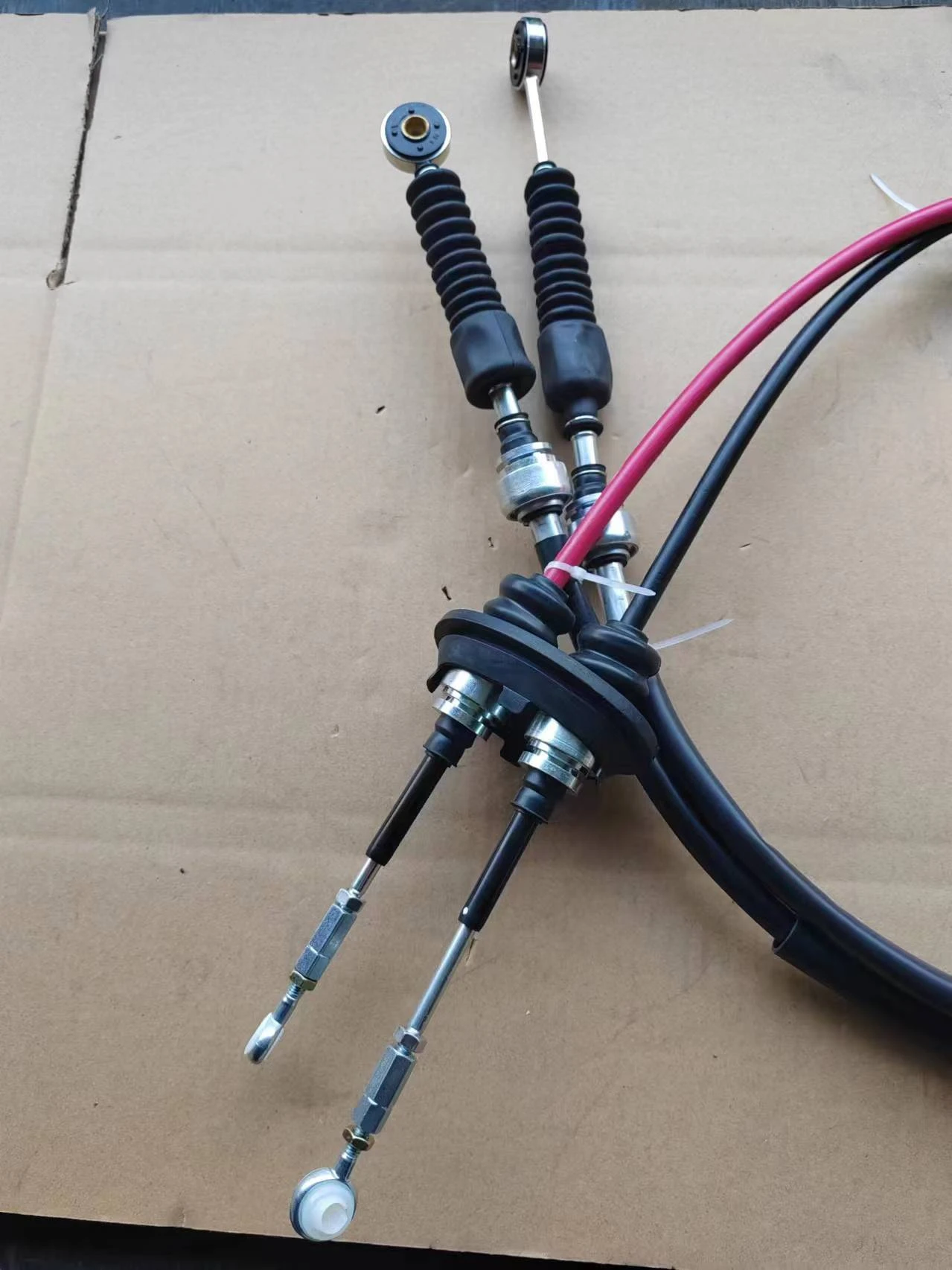Understanding the Functionality of Slave Cylinder Hose in Hydraulic Systems
Understanding the Slave Cylinder Hose A Crucial Component in Hydraulic Systems
In the realm of automotive engineering and machinery, the efficiency and reliability of hydraulic systems are paramount. One component that plays a critical role in the overall performance of these systems is the slave cylinder hose. Although it may be small in size, the slave cylinder hose is vital for transferring hydraulic fluid and enabling various applications, particularly in vehicles with hydraulic clutch systems or hydraulic brakes. In this article, we will dive into the function, design, and significance of the slave cylinder hose.
What is a Slave Cylinder Hose?
The slave cylinder hose is a flexible tubing that connects the slave cylinder to the master cylinder in a hydraulic system. The master cylinder generates hydraulic pressure when you press the clutch or brake pedal. This pressure is transmitted through the fluid in the hydraulic lines to the slave cylinder, which then activates the clutch or braking mechanisms. The slave cylinder hose is specifically engineered to withstand high pressure and harsh conditions typical in automotive environments.
Functionality and Mechanism
When a driver engages the clutch pedal, the master cylinder pushes hydraulic fluid through the slave cylinder hose. The fluid travels through this hose to the slave cylinder, which operates the clutch mechanism. This process allows for smooth gear shifts by disengaging the engine from the transmission. Similarly, in hydraulic brake systems, the functionality is analogous—pressing the brake pedal sends hydraulic fluid through the hose to the brake calipers, leading to effective stopping power.
Design and Materials
slave cylinder hose

The design of the slave cylinder hose is crucial for its performance. Typically, these hoses are constructed from high-quality synthetic rubber or reinforced materials capable of withstanding extreme temperatures and pressures. The interior lining of the hose must ensure minimal fluid loss and resistance to chemical breakdown due to brake fluid exposure.
Additionally, the slave cylinder hose often includes protective features such as braided steel or Kevlar reinforcement to prevent bursting under pressure. The hose must also be flexible enough to accommodate the movement of the engine and suspension system without kinking or cracking.
Importance of the Slave Cylinder Hose
Neglecting the condition of the slave cylinder hose can have serious implications for a vehicle’s performance. A worn or damaged hose can lead to fluid leaks, resulting in insufficient hydraulic pressure. This could manifest as difficulty in shifting gears or ineffective braking, which poses severe safety risks on the road. Regular inspection and replacement of the slave cylinder hose are essential preventative measures that contribute to the longevity and reliability of hydraulic systems in vehicles.
Conclusion
In summary, the slave cylinder hose is a small yet vital component of hydraulic systems in automobiles. Its design, materials, and proper function are fundamental for the operation of clutches and braking systems. Drivers should be aware of the importance of maintaining this component to ensure safe and efficient vehicle performance. By recognizing the role of the slave cylinder hose, vehicle owners can take proactive measures to prevent issues and maintain the integrity of their hydraulic systems, ensuring a smooth and safe driving experience. Regular check-ups, along with a better understanding of how such components function, equip drivers with the knowledge to manage their vehicles effectively and safely.
-
Workings of Clutch Pipe and Hose SystemsNewsJun.04,2025
-
The Inner Workings of Hand Brake Cable SystemsNewsJun.04,2025
-
The Secrets of Throttle and Accelerator CablesNewsJun.04,2025
-
The Hidden Lifeline of Your Transmission Gear Shift CablesNewsJun.04,2025
-
Demystifying Gear Cables and Shift LinkagesNewsJun.04,2025
-
Decoding Clutch Line Systems A Comprehensive GuideNewsJun.04,2025
